Most of the previous works about Carcharhinus listed and discussed a maximum of 30 species. In contrast, this field guide describes 33 species, six species with special notes of the authors. Further, a possible subdivision of the spinner shark, C. brevipinna, in an Atlantic and Pacific subspecies is briefly discussed. An almost unknown species, C. acarenatus, formerly considered a synonym of C. brachyurus, is introduced. A very rare species, C. leiodon, which was hitherto recorded only once by GARRICK (1985), is included and controversially discussed. Another species in dispute, Carcharhinus sp. A, mentioned by COMPAGNO et al. (2005) as new member of the genus, is comprised and discussed.
Field Guide for Sharks of the Genus Carcharhinus
2011. [Englisch] – 151 Seiten, 58 Farb- und 1 Schwarzweißabbildung, 31 Farbtafeln, 33 Verbreitungskarten, 4 Tabellen, 2 Bestimmungsschlüssel.
24,0 x 21,0 cm, Paperback.
38,00 €
zzgl. Versandkosten / Versandkostenfrei in D
All known and relevant data and features to enable an identification of sharks of the genus Carcharhinus (BLAINVILLE 1816) are summarised and visualised in this book. The introduced species are difficult to separate for somebody who is not experienced in identifying sharks. An identification key is given to determine and to differentiate the species. For each species an extended list of characters is given including coloured figures to show the lateral and ventral view, a detailed view of nostril and teeth, and in some cases of juveniles and special characters. Further, data on body size and appearance, colouration, tooth formula and shape, numbers of vertebrae, on other internal and external characters, the geographical distribution, preferred habitat and food spectrum are presented. In addition, biological and reproductional data are included, e. g. number of young per litter, size at birth, size at sexual maturity, as well as behaviour and migrational patterns.
Foreword 6
Preface 7
Acknowledgments 8
Introduction 9
Aims of this book 9
Evolution of sharks - fossil records 9
Taxonomic classification of sharks 10
Short introduction to general biology and anatomy of sharks (genus Carcharhinus) 10
Morphology 10
Senses 12
Teeth 12
Buoyancy and breathing 12
Reproduction 12
Distribution and behaviour 12
Sexual dimorphism 13
Preparation of this book 13
Materials and Methods 13
Key to species 13
Systematic arrangement 13
Generic synonyms 14
Examination of specimens 14
Species characterisations 14
Coloured figures of species 15
Species synonyms 15
Diagnostic features 15
Dental formula and tooth morphology 16
Colouration 17
Size 17
Misidentifications 17
Geographical Distribution 17
Habitat preference 18
General biological issues 18
Reproductive Biology 18
Food spectrum 18
Red list status 18
Tables and Graphs 18
Detailed photographs of dentition 18
Measurements 19
Technical terms 23
Key to genera and species 31
Key to genera 31
Key to species of the genus Carcharhinus 32
Species characterisations 35
Carcharhinus acarenatus 35
Carcharhinus acronotus 37
Carcharhinus albimarginatus 39
Carcharhinus altimus 41
Carcharhinus amblyrhynchoides 43
Carcharhinus amblyrhynchos 45
Carcharhinus amboinensis 47
Carcharhinus borneensis 49
Carcharhinus brachyurus 51
Carcharhinus brevipinna 53
Carcharhinus cautus 56
Carcharhinus dussumieri 58
Carcharhinus falciformis 60
Carcharhinus fitzroyensis 62
Carcharhinus galapagensis 64
Carcharhinus hemiodon 66
Carcharhinus isodon 68
Carcharhinus leiodon 70
Carcharhinus leucas 72
Carcharhinus limbatus 75
Carcharhinus longimanus 77
Carcharhinus macloti 80
Carcharhinus melanopterus 82
Carcharhinus obscurus 84
Carcharhinus perezii 87
Carcharhinus plumbeus 89
Carcharhinus porosus 91
Carcharhinus sealei 93
Carcharhinus signatus 95
Carcharhinus sorrah 97
Carcharhinus tilstoni 99
Carcharhinus wheeleri 101
Species in question 103
Carcharhinus sp. A. 103
Tables 104
Graphs 113
Detailed photographs of dentition 121
Abbreviations 138
Bibliography 139
Index of Scientific and Vernacular Names 148
When I first saw the illustrations of sharks by Dietmar Weber many years ago, during a meeting of the German Elasmobranch Society, I was completely baffled how someone can depict a shark so realistically and with such clarity in detail. The pictures, which are scientific absolutely correct portrayed, really screamed at one’s face, use me for a shark identification book!
Since then, his pictures have illustrated conservation reports, calendars, posters, conference banners and now, for the first time, they have found their way into a field guide. But these are not only pictures of sharks; they are complete tables with featured details of specific body parts, sometimes juvenile specimens, rows of teeth and other highlighted characteristics that help the reader to identify the species.
Marine biologist Matthias Voigt has collected over several years all the nitty-gritty data on species of the genus of Carcharhinus. He has visited many museums, took pictures, contacted scientist around the world to send him information and photos to sum it up into one big picture of this genus. This book describes 33 species of a group of sharks that are very hard to identify due to their similar appearance. Together with a wealth of information on biology, life history and distribution, the identification key leads the reader to the species information.
Almost all sharks of the genus Carcharhinus are coastal to pelagic sharks that occur in the tropical fisheries world-wide as targeted catch or by-catch. Their fins are primary goals for the fin market in Asia. Correct identification of these similar looking species is essential to establish species-specific management plans and for reported landing data. May this book by this help to actively support the conservation of these magnificent creatures of the sea.
Heike Zidowitz
Chair of the German Elasmobranch Society

Dr. Matthias VOIGT studied marine biology at the University of Rostock (2000-2004) where he examined the impact of climate change on growth of Antarctic invertebrates. After receiving his PhD from the University of Karlsruhe, Department of Technical Biology, where he studied the biotechnological cultivation of Mediterranean sponges under artificial culture conditions, he moved to the University of Konstanz in 2010, where he works in the Department of Biology, Human & Environmental Toxicology Group.
During many dives he had several experiences with sharks in the field, and was fascinated by these majestic creatures. Since 2001, he is a member of the German Elasmobranch Society (D.E.G.), and he tries to impart his experience, knowledge and fascination of sharks to the public for a better understanding and increasing protection of this group of animals.
Contact: matthias.voigt74@gmx.de

Dietmar WEBER has graduated a professional training as Technician for Biology i. e. Ecology (1988) and is employee at the Research Institute for Forest Ecology and Forestry of Rhineland-Palatinate in Trippstadt (since 1989).
Since his early childhood he showed a strong interest in nature and animals as well, with the main focus in fish. His passion is the detailed and lifelike portraying of animals which he has improved to perfection over the last forty years. At the moment his dedication is focused on sharks, skates and rays, and he has been a member of the German Elasmobranch Society since 1999. He delivered many coloured plates and figures for several article publications, books, homepages and calendars.
Contact: dietmar.weber63@gmx.de
Sie müssen angemeldet sein, um eine Rezension veröffentlichen zu können.
„*“ zeigt erforderliche Felder an
Ähnliche Produkte
-

Wildbienen
19,80 €zzgl. Versandkosten / Versandkostenfrei in D
-
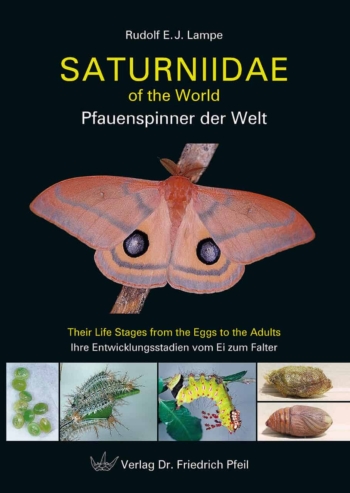
Saturniidae of the World
68,00 €zzgl. Versandkosten / Versandkostenfrei in D
Wir sind gerne für Sie da
Verlag Dr. Friedrich Pfeil
Hauptstraße 12B
5232 Bergkirchen OT Günding – Germany
Tel.: +49 8131 61 46 590
Fax: +49 8131 61 46 591
E-Mail: info@pfeil-verlag.de
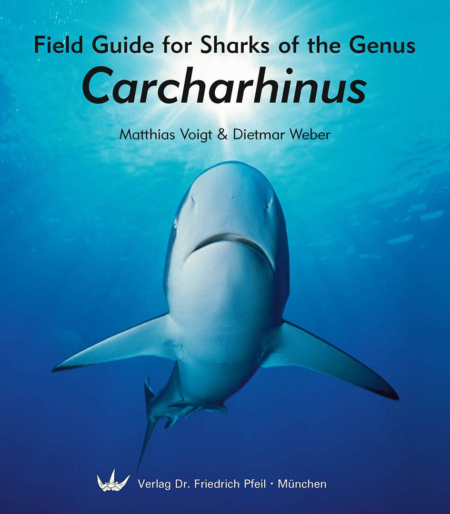
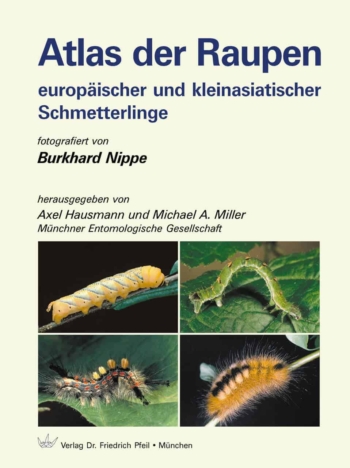
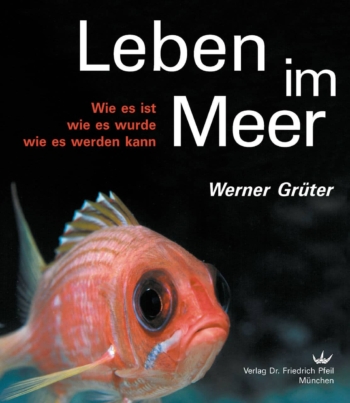
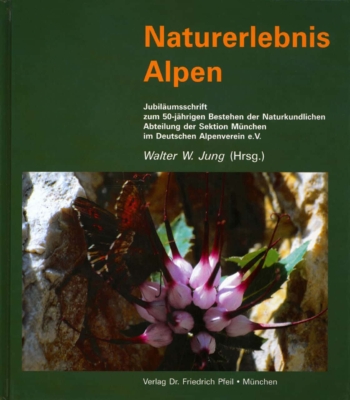
Rezensionen
Es gibt noch keine Rezensionen.